Here is your ultimate Albania packing list. It covers everything you should pack for Albania month-by-month. Written By Agness from eTramping and expanded by the Chasing the Donkey team.
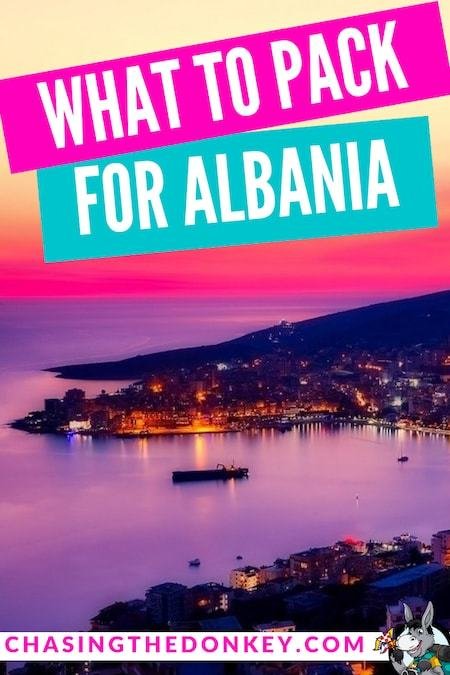
For the longest time, it has seemed that Albania had been forgotten about. Many people – even Europeans – might actually struggle to pinpoint it on a map. But the country’s star has been in the ascendancy in recent years, with word-of-mouth recommendations giving the economy a much-needed tourist boost. This should really be of no surprise, given how beautiful the place actually is.
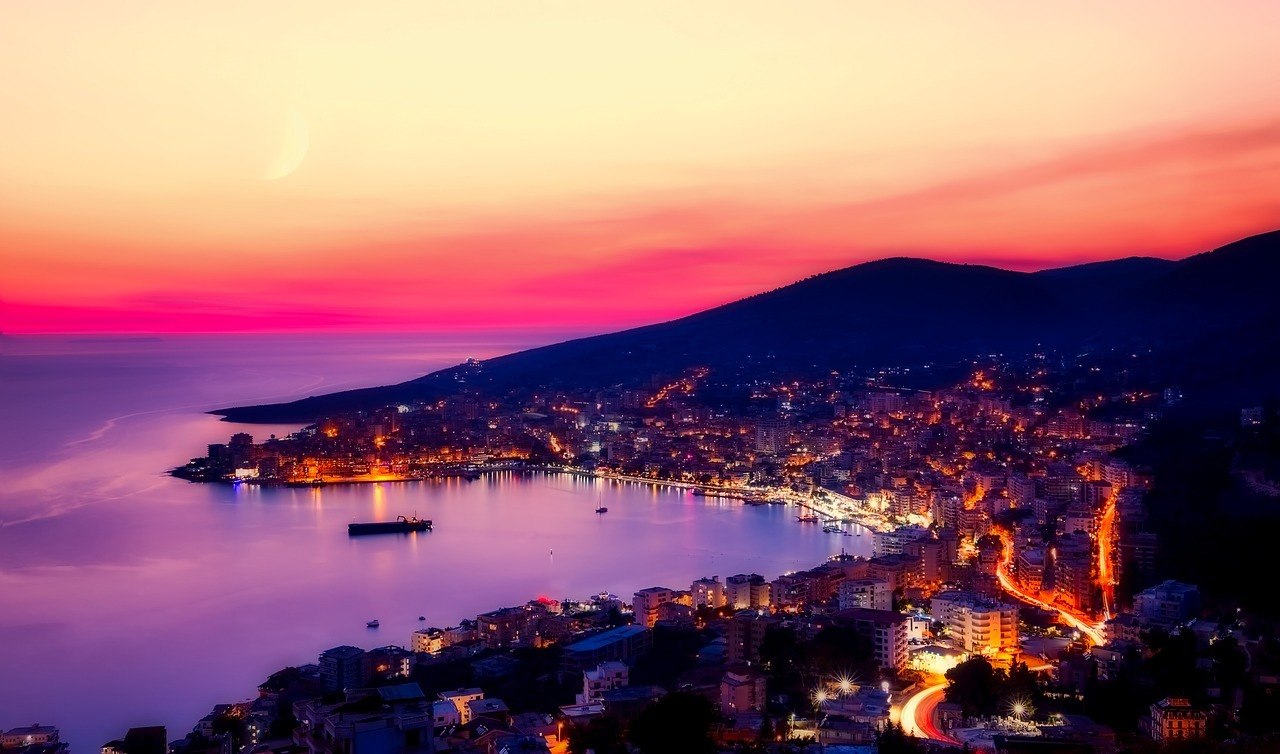
Down on the southwest side of the Balkan Peninsula, Albania boasts Adriatic and Ionian Sea coastlines, sandy beaches, stunning mountain ranges, lush forests, and more than its fair share of ancient castles.
On top of all that, the locals are a friendly bunch too, and compared to the rest of Europe’s sunny climes – your hard-earned cash will go further here. Here we’ll take you through what you need to pack for a trip to Albania – and why you need to pack it.
Skip Ahead To My Advice Here!
Albania Dress Code
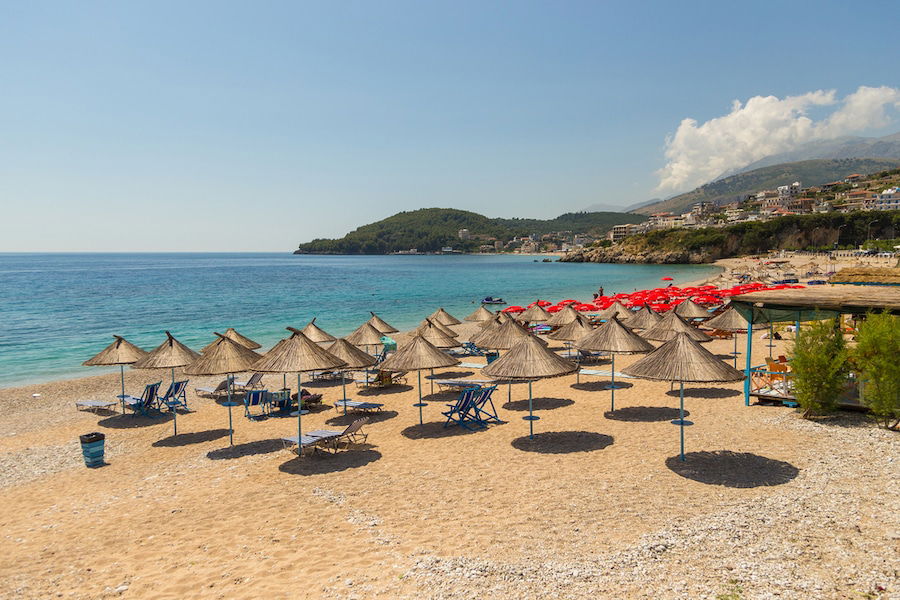
Whenever you visit somewhere new, it’s important to check beforehand if there are any specific dress code requirements. There are many countries where you need to dress more conservatively, and as a responsible tourist, that’s something you should abide by.
Generally speaking, you can wear whatever you like in Albania. There are no specific guidelines to adhere to other than if you plan on visiting a mosque. We’ll get to that in a second.
In the tourist resorts and major cities, you’ll see a huge mix of different dress styles, and you’ll notice that most Albanians, especially the younger ones, dress in a very Western style. However, be aware that if you wear extremely revealing clothes, you might attract unwanted attention, as you would anywhere in the world.
If you are thinking about visiting a mosque, you must be respectful and abide by the clothing requirements and etiquette.
Women must cover their shoulders and legs; if you’re wearing shorts when you arrive at the mosque, the attendant will give you a long shawl to wrap around your legs like a maxi skirt. However, it’s pretty poor form to turn up like that, so do go prepared.
Women will also need to cover their heads with a scarf; again, if you don’t have one, the attendant will give you one but throw a cute pashmina or chiffon scarf in your bag, and you’re good to go.
Men need to wear loose-fitting pants (not shorts) and make sure that shoulders are covered too; a regular t-shirt is fine. Everyone will need to take off their shoes and leave them in the outside section of the mosque – make sure you take a pair of socks in your bag if you’re wearing sandals.
Seasonal Clothing
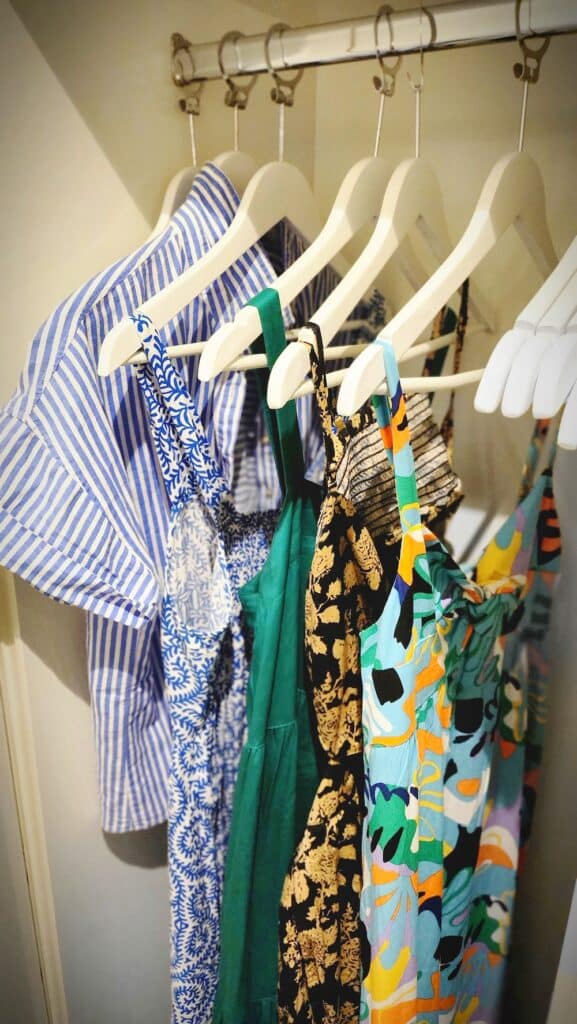
A bit of a no-brainer, really, but make sure you pay attention to the current climate and weather. Albania can get very hot in the summer (June-September), so make sure you’re packing loose-fitting, light clothing. With temperatures up in the region of 40 degrees Celsius, you’re going to need to be as comfortable as possible.
That being said, from November to March, it will get freezing, and even in summer, it can be much cooler up in the mountains. If you’re going to be traveling at altitude, make sure you include warmer garments, and always pack a rain jacket in whatever season you’re visiting.
Weather For Each Month and Clothing Must-Haves
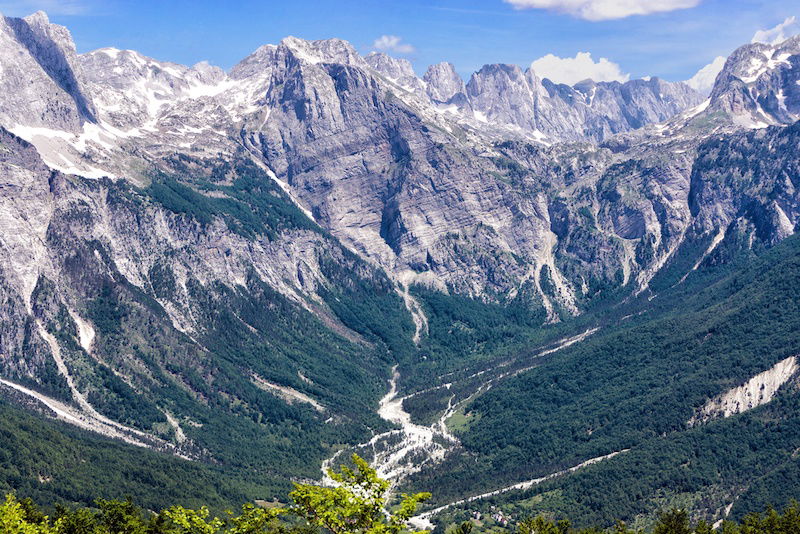
From month to month, the weather in Albania changes quite dramatically, and there are distinct seasons. So, depending upon when you visit, it depends on what you should wear.
Let’s take a look at the monthly weather and give you a few ideas of what you should throw in your suitcase.
January
January means winter, and the weather in the whole of Albania is chilly, usually below 10C, with a good amount of rain throughout the month. You’re not going to be in the sea just yet!
Must-haves for January include:
- Raincoat
- Umbrella
- Fleece
- Socks
- Waterproofs
- Warm clothing
February
By the end of February, you might be able to see the very first glimpse of Spring appearing, but it’s still far from beach weather. There is still a fair amount of rain during February, and evening temperatures can be below 10 C.
Must-haves for February include:
- Raincoat
- Warm clothing
- Jeans
- Comfortable footwear that is also waterproof
- Umbrella
- Layers
March
As March arrives, the rain tends to reduce slightly, but the temperatures can still dip pretty low during the evenings. However, the good news is that temperatures start to creep up very slightly as the month progresses.
Must-haves for March include:
- Sunglasses
- Umbrella
- Jacket
- Jeans and other warm clothing
- Layers
April
As April arrives, spring is definitely coming, and there will be some delightful days when the temperatures creep into the late teens and maybe even the early 20s. It may still rain, but this is far less than the previous months.
Must-haves for April include:
- Light jacket
- Umbrella
- Jeans or pants
- Long dresses that can be paired with a jacket
- Sneakers/trainers and maybe ballet pumps for warm days
May
While May’s temperatures are certainly creeping up to around the early 20s during the day, it can be a slightly rainy month. It often rains half of the time, so keep an umbrella with you. It’s that annoying type of weather that is too warm to wear a coat but rainy, so you need something!
Must-haves for May include:
- Sandals and sneakers/trainers
- Umbrella
- Very lightweight jacket
- Shorts
- Dresses
June
Summer has arrived. June is a hot month, and some might even consider it hot. There may be days when the temperatures reach the high 20s, and you’ll definitely be needing sunscreen now. However, early June can see some delightful evenings when it’s still comfortably cool enough to sleep.
Must-haves for June include:
- Sunscreen
- Sunglasses
- Dresses
- Lightweight pants/linen
- Very light raincoat (just in case)
- Shorts
- Sandals
- Swimwear
July
July is a hot month, and it’s consistently in the early 30s, with some days going even higher than that. It may rain very occasionally, but it’s not likely. If you’re near the sea, make sure you go for a dip to cool down!
Must-haves for July include:
- Shorts
- Skirts
- Linen pants
- Sandals
- Sunscreen
- Sunglasses
- Swimwear
- Dresses
- Lightweight clothing in general
August
Do not expect to see a drop of rain during the whole of August, and certainly expect temperatures in the mid to high 30s. This is the hottest month of the year, and the beaches are likely to be very busy indeed.
Must-haves for August include:
- Swimwear
- Sunscreen
- Sunhat
- Sunglasses
- Very light clothing
- Dresses, skirts, shorts, linen pants, etc
- Sandals
September
September is somewhat of an extension of August in many ways, with just a very slight cooling as the month goes on. Temperatures average around 30C by the end of September but don’t expect to see any rain yet.
Must-haves for September include:
- Swimwear
- Sunscreen
- Sunhat
- Sunglasses
- Sandals, flip flops, etc
- Skirts, shorts, dresses, lightweight clothing
October
As October rolls around, the summer starts to ease a little, and temperatures cool. Daytime temperatures average around 23 to 25 C, with cool evenings making it easier to sleep. You may experience a few days of rain throughout the month, which increases a little as the end of October arrives.
Must-haves for October include:
- Umbrella
- Lightweight rain jacket
- Waterproof sandals or sneakers/trainers
- Sunscreen
- Sunglasses
- Shorts or loose pants
- Dresses
- Light cardigan
November
During November, much of Albania is starting to head towards winter, especially at the end of the month. Rain increases as the month goes on, and temperatures are around the low teens, dropping to around 10 C during the day as the month progresses.
Must-haves for November include:
- Jeans or leggings
- Boots or sneakers/trainers
- Raincoat
- Umbrella
- Warm nightwear
- Waterproof jacket
- Layers
December
December is a cold and rainy month, with temperatures of around 10 C during the day, sometimes dropping below that on icy days. Expect rain most days and cold evenings too.
Must-haves for December include:
- Umbrella
- Waterproof coat
- Warm clothing
- Boots
- Warm socks
- Jeans and long, warm pants
- Scarf and gloves
Q: What to wear for the beach? A: Bikinis swim shorts, swimming costumes, these are all totally fine on Albania’s beaches. However, it’s not the best idea to go topless, simply because it’s just not widely done in the country. There are no rules against it, but you might get the odd, strange look heading your way.
If you’re heading into a market or a store from the beach, it’s a good idea to throw on a beach cover-up rather than just walking into the store in your beach clothes. That’s not particularly Albania-focused; it’s the same for every country – just manners!
Q: What to wear for a night out/partying? A: In Albania’s tourist resorts and large cities, if you’re heading out for the evening, you can wear whatever you want. There are no specifics here. Whether you’re going to watch a show or heading out partying, the choice is yours. However, if you are going out for a meal or going to a theatre show, dress appropriately, the same as you would at home – short skirts and belly tops aren’t really considered appropriate in any theatre around the world!
Q: What to wear for excursions? A: If you’ve booked an excursion, dress for all eventualities. If it’s the height of summer, wear shorts, loose pants, or a dress, but put your swimwear underneath, just in case you end up at a beach – many excursions have swim stops. If the excursion includes any places of cultural interest, e.g., mosques or churches, make sure that you have a change of clothes you can throw on that’s appropriate.
Q: What to wear to religious buildings? A: We’ve already covered this in the chat we had about mosques, but any type of religious building has loosely the same advice. Simply be respectful and look at what the locals are wearing. That doesn’t mean you have to completely copy, but you need to cover up any skin you have on show. It’s basic respect at the end of the day.
Brands We Use And Trust
Insect Repellent
Make no mistake, the mosquitos on the Balkan Peninsula will eat you alive. Albania is no exception. Do not leave home without an adequate strength repellent, and perhaps some bite cream just in case you do happen to fall foul of these nasty creatures. You have been warned.
Water Purification Tablets
The water in Albania isn’t safe to drink. Locals might tell you otherwise, and it does often depend on which region you’re visiting, but in our experience, it’s better off not to risk it. Health organizations advise that it’s OK for brushing your teeth – but use purification tablets if you intend to drink it. At the very least, you’re risking an unpleasantly upset stomach if you don’t.
Sun Hat and Sunblock

Absolutely vital, again, whatever the season. Those Albanian rays can be rather powerful, and you’re going to feel it if you’re not prepared. Many a foolhardy traveler has ventured here without adequate protection and has burnt themselves to a crisp as a result. Don’t forget an aloe gel or aftersun cream just in case you are caught out.
The sun gets stronger the higher you climb so that it can take its toll even in winter. A good sun hat will keep it at bay while also shielding your eyes so you can enjoy Albania’s genuinely stunning scenery.
Swimsuit
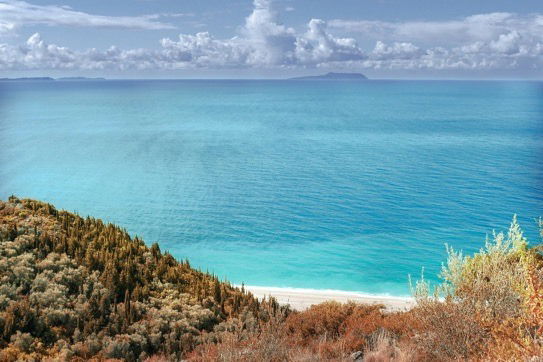
Not many people realize just how much Albania is blessed with its gorgeous Adriatic and Ionian coastlines. From the tranquil and uncrowded beauty of Drymades to the “Ionian pearl” of Ksamil, Albania’s waterfront offers such variety that you’ll have a headache choosing the best place to visit.
So, of course, swimwear is essential. Pack your best bathers because it’s impossible to resist dipping your toes into the brilliantly blue waters of the Albanian Riviera.
Snorkel and Mask
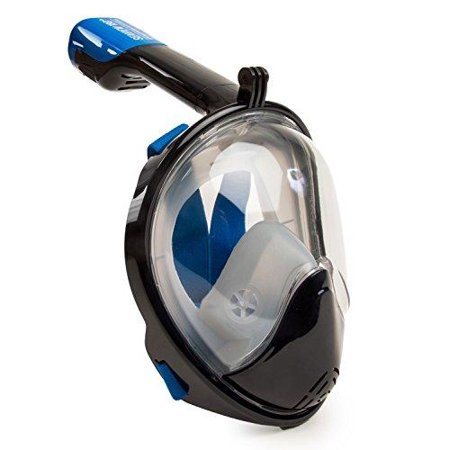
If you’ve got a room in your luggage, packing a snorkel and mask can be the difference between a good vacation and a great one. The crystal clear seas demand that you explore beneath the surface. From Croatia all the way down to Greece, you would think that water this good only exists around tropical islands.
Move This Adventure To Your Inbox & Get An Instant Freebie

No spam. Unsubscribe at any time.
Solid Hiking Shoes/Boots
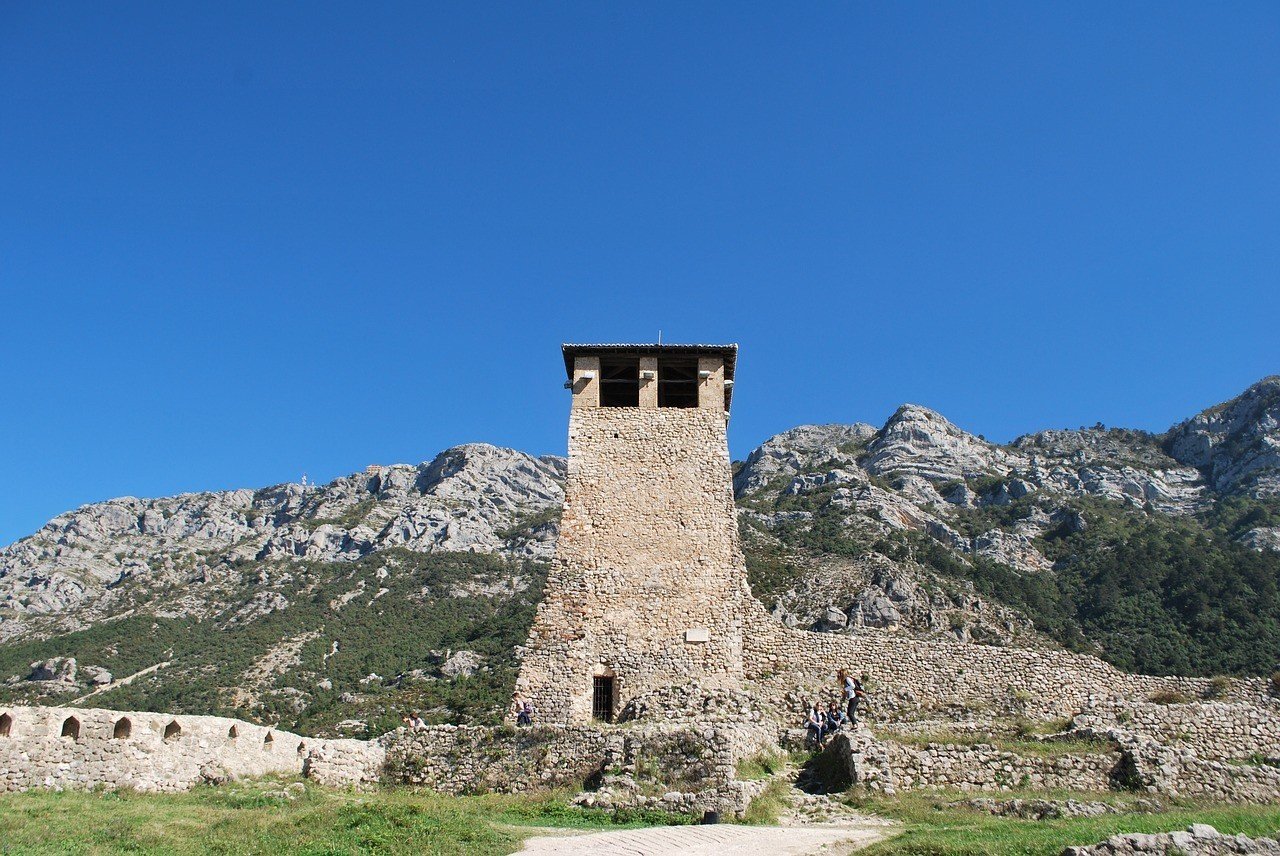
Chances are, you’re going to be doing a lot of walking. Who wouldn’t want to say they’ve hiked the “Accursed Mountains?” Whether you’re climbing up into these dramatic hills or exploring ancient castles and archaeological sites, you’re going to need decent footwear to see you through.
Aside from this, Albania’s general infrastructure isn’t the best, and roads and sidewalks might not always be in tip-top condition. A decent pair of sturdy shoes might save you anything from a few blisters to a twisted ankle when negotiating both urban and natural terrain here.
Flashlight
Unfortunately, power cuts are all too common in Albania, and they regularly have blackouts throughout the year. Although they claim that the problem is under control, electricity issues are something of a curse that has blighted the country for a long time.
But it doesn’t have to ruin your trip here – so make sure you bring a small flashlight in case you are suddenly plunged into darkness. But then, you should be traveling with one anyway. Necessary Medications/Hygiene Products
Another no-brainer – but don’t assume that you’ll always be able to readily pick up a supply of whatever medication you might require.
It might be somewhat challenging in Albania compared to somewhere like Croatia, for example. Make sure you pack as much as you’ll need for the duration of your trip, from contact lenses to antihistamines, as well as anything on prescription.
An Open Mind
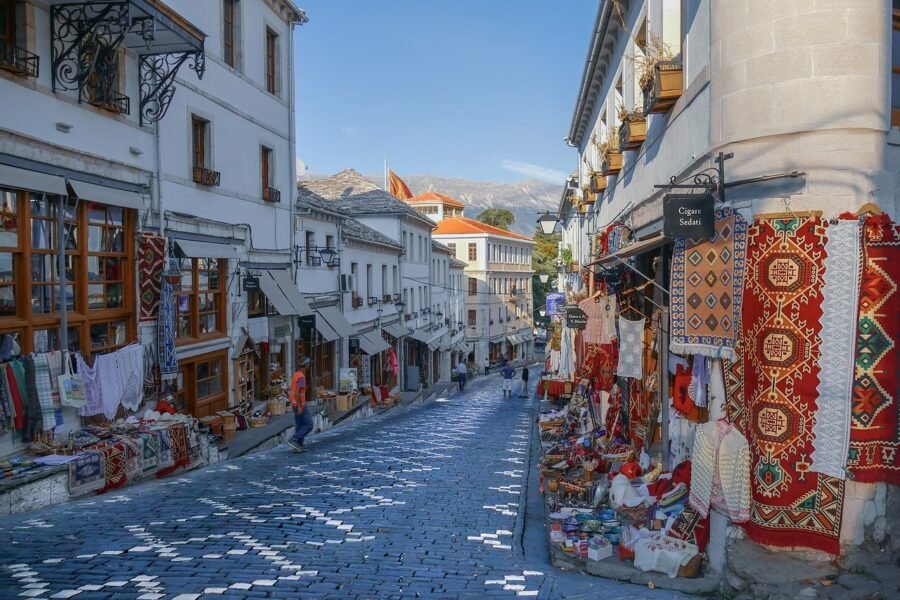
Finally, and especially if you’re not a seasoned traveler, you need to make sure you bring an open mind. Albania isn’t like other European countries; in fact, it probably has more in common with South America than it does with the continent it’s on.
As mentioned, the infrastructure isn’t the greatest; Wifi is in short supply, transport is generally poor with slapdash scheduling, and don’t expect your usual creature comforts. Pack your patience, too.
That being said, the people are super friendly, the landscape stunning, the history fascinating, and your experience here will arguably be more memorable than a thousand trips to anywhere else in Europe. Except maybe in Poland, of course.


This was super helpful. We are leaving to go there tomorrow from the USA.
Thanks for the advice.
The article has really peaks my interest.